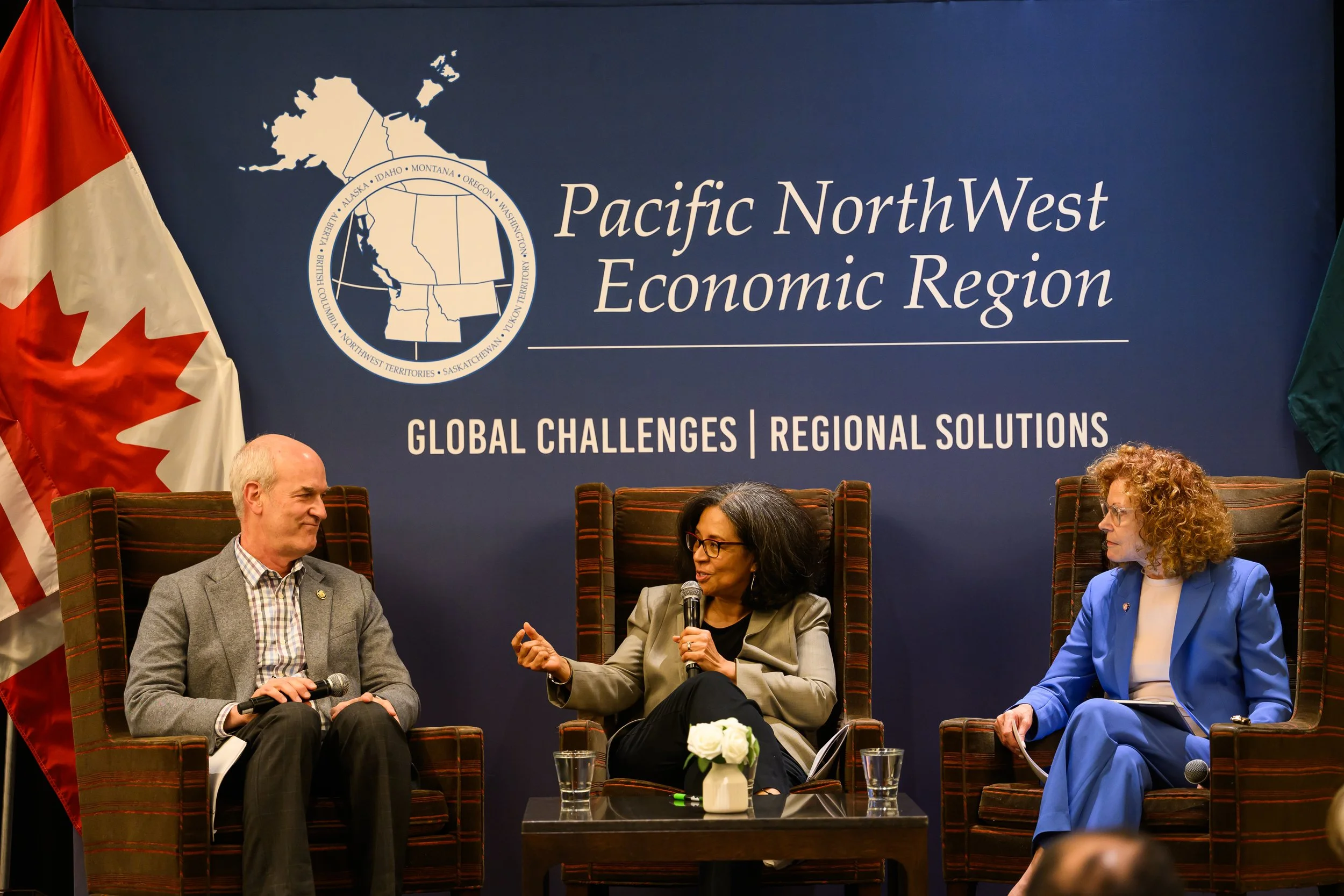Connecting Corridors: Advancing Regional Collaboration in Multimodal Transportation
The Pacific Northwest’s transportation system is an interconnected network spanning roads, rail, sea and air – and stretching across a diverse geography of urban centers and rural farmland. Rich in agriculture, critical minerals and manufactured goods, our region relies on robust supply chains to remain globally competitive and resilient in the face of shifts in trade and regulatory policy. The region also sees hundreds of millions of people travelling across jurisdictions to commute to school or work, enjoy the natural sights, or participate in exciting events like next year’s FIFA World Cup.
Leaders from across the Pacific Northwest gathered in Bellevue, Washington at the PNWER Annual Summit in mid-July to put their heads together on how, as a region, we can strengthen our shared economy and the infrastructure that keeps it moving. The Build Northwest transportation sessions explored emerging technologies, supply chain and port resilience, and innovative corridor development. Read more about the event in this article from the Seattle Times.
Speakers from private industry, state and provincial governments, and associations exchanged ideas and underscored four main themes driving the future of transportation in our region. Keep reading to learn more.
Transportation Funding In Focus
L-R: Congressman Rick Larsen, Congresswoman Marilyn Strickland, Mary Snapp
The Summit opened with a discussion between Congressman Rick Larsen and Congresswoman Marilyn Strickland that was moderated by Mary Snapp, VP of Strategic Initiatives at Microsoft. Among the various cross-jurisdictional topics, supply chains, ports and passenger transportation led much of the conversation. With Congress midway through hearings to shape the next federal transportation bill, these issues and opportunities are front-of-mind for policymakers.
“Pacific Northwest states have benefited tremendously from investments in competitive discretionary grants and formula funding to state transportation departments. PNWER will continue to follow the development of the next major federal transportation package in future collaborative sessions.”
Resilient By Design: Future-Forward Supply Chains
Strong supply chains are prepared to avoid, respond to and overcome disruptions, such as shifting trade policies, natural disasters or public health events like COVID-19. Embedding resilience and technology into our multi-modal supply chains strengthens businesses and the economy, but it takes an all-hands approach to be successful.
Showcased Sessions:
Key Ideas:
Tools like AI and predictive analysis can help reduce delays and transform truck and rail freight movement, but tech only works when paired with accurate data and collaboration across industry.
Strategic investments in rail, sea and inland ports, and intermodal hubs are needed to expand capacity and improve reliability. Port operations are evolving to become more active collaborators with carriers and shippers for resilience in goods movement.
Investing in additional port infrastructure on Alaska’s coastlines will add much-needed redundancy and provide a backup link to deliver food and resources to Alaskan communities.
“Alaska’s connection to Seattle – the connections are long-running and they’re deep. Ships go both ways.”
Action Items
The PNWER RIA will convene a supply chain resilience working group – a concept born out of a PNWER cross-border supply chain event in Bellingham, Washington, earlier this year. This working group will bring together leaders from transportation companies, shippers and carriers, farmers, producers and governments to advance mutually beneficial investments in supply chain infrastructure. Want to be involved? Fill out our contact form.
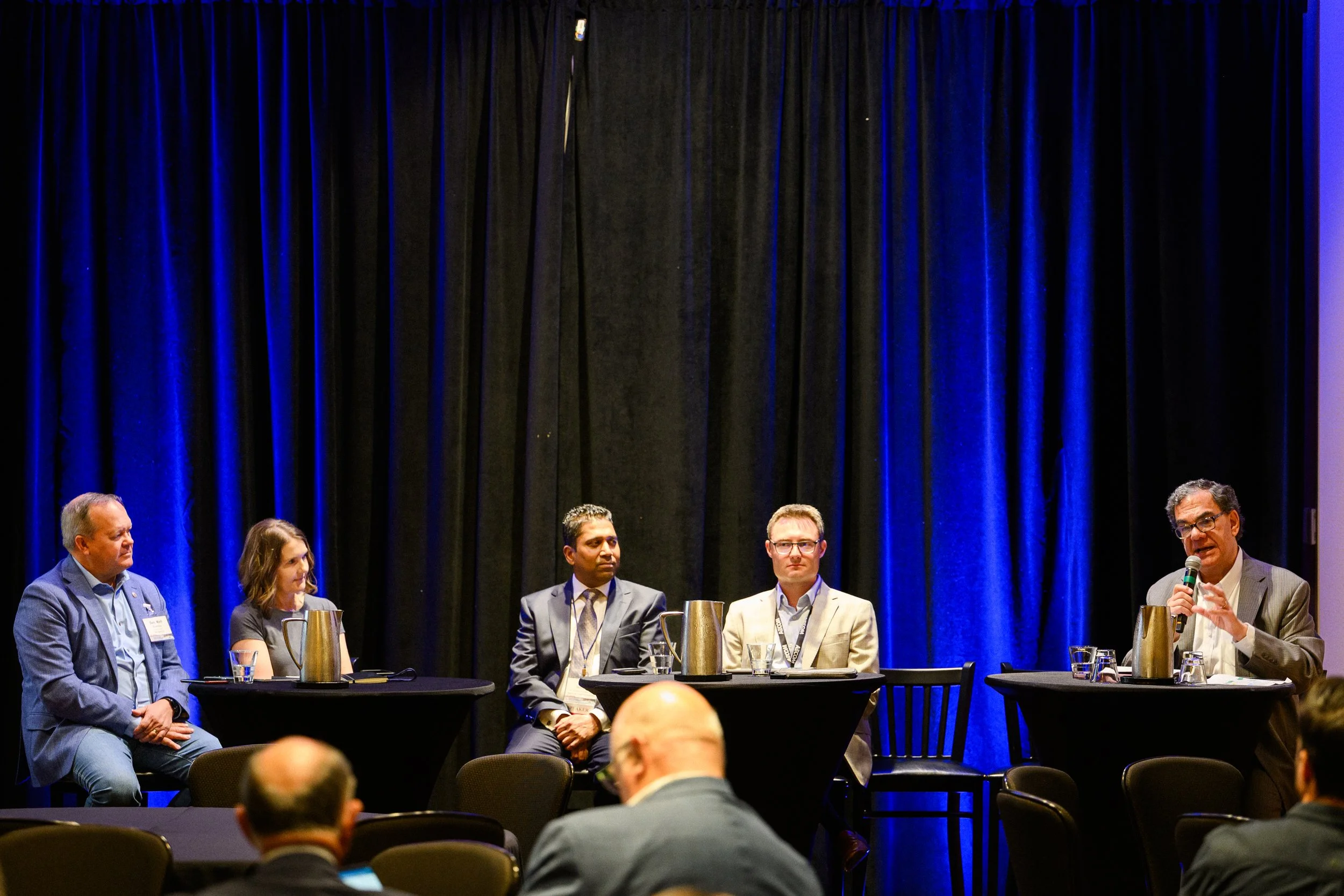
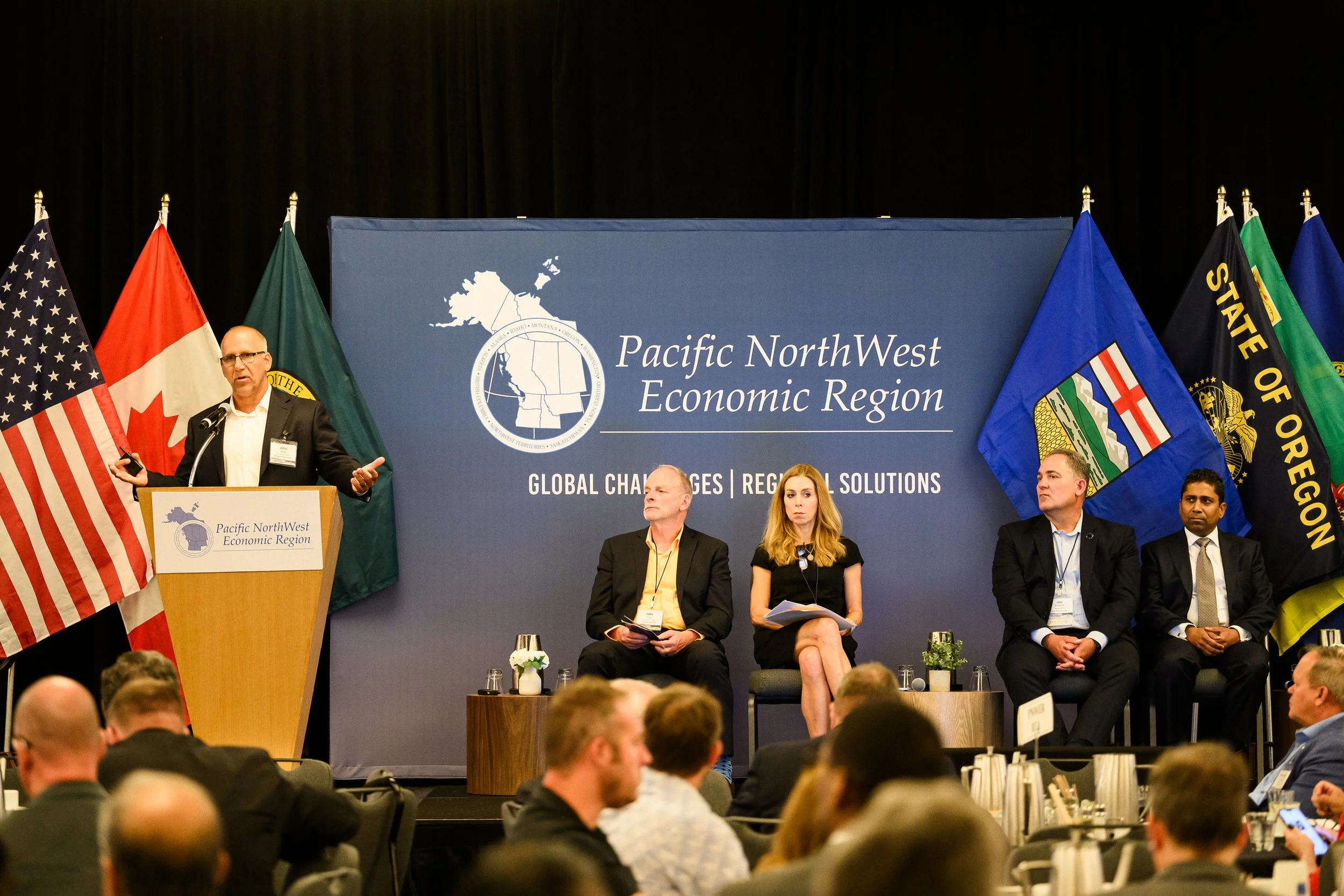

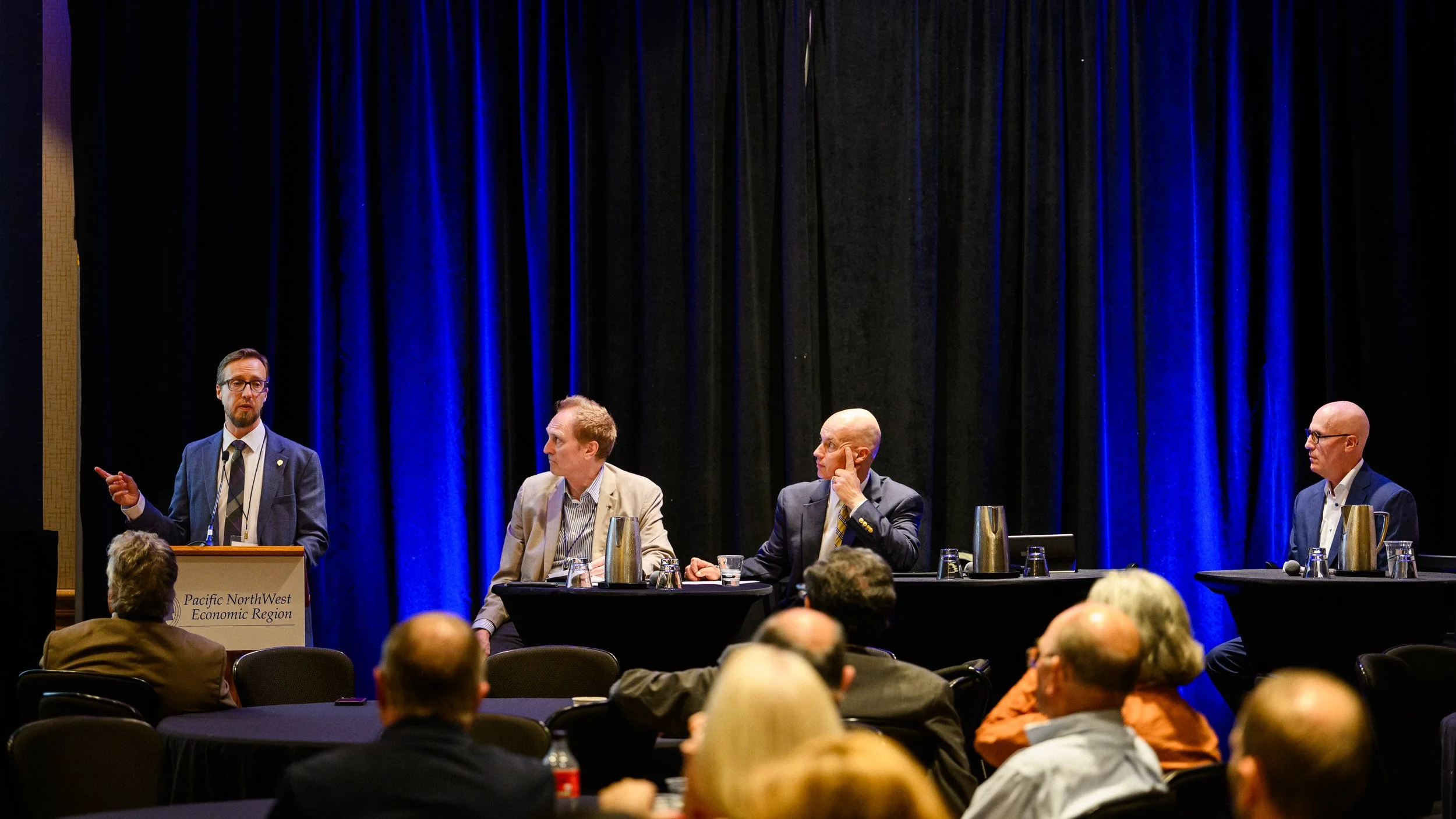
Embracing Innovation: Next-Gen Transportation
Our transportation systems are constantly evolving – with smarter vehicles, fueling systems and operational tools designed to meet increasing demand and address energy diversification and climate goals. The adoption of alternatively-fueled big rigs – powered by hydrogen, electricity or a hybrid mix – can be helped along with policy tools, but the region’s energy grid has to keep up. Today’s infrastructure investment spanning policy, industry, grid readiness and workforce is critical in advancing tomorrow’s technology.
Showcased Sessions
“The Pacific Northwest is no stranger to innovation, but innovation is risky and requires investment. When we’re looking at innovation for an entire sector, it requires a lot of coordination.”
Key Ideas
While grid capacity, fuel availability and economic tools must meet the moment for industry to embrace alternatively-fueled transportation, there are many emerging opportunities for piecemeal integration of tech into supply chain operations.
Advanced aviation technologies, such as electric vertical takeoff and landing aircraft, offer new opportunities to respond to emergencies, serve rural communities and integrate with multimodal freight networks.
Economic corridors take an integrated approach to linking trade and energy corridors across jurisdiction lines. These corridors can attract private investment and bolster community development.


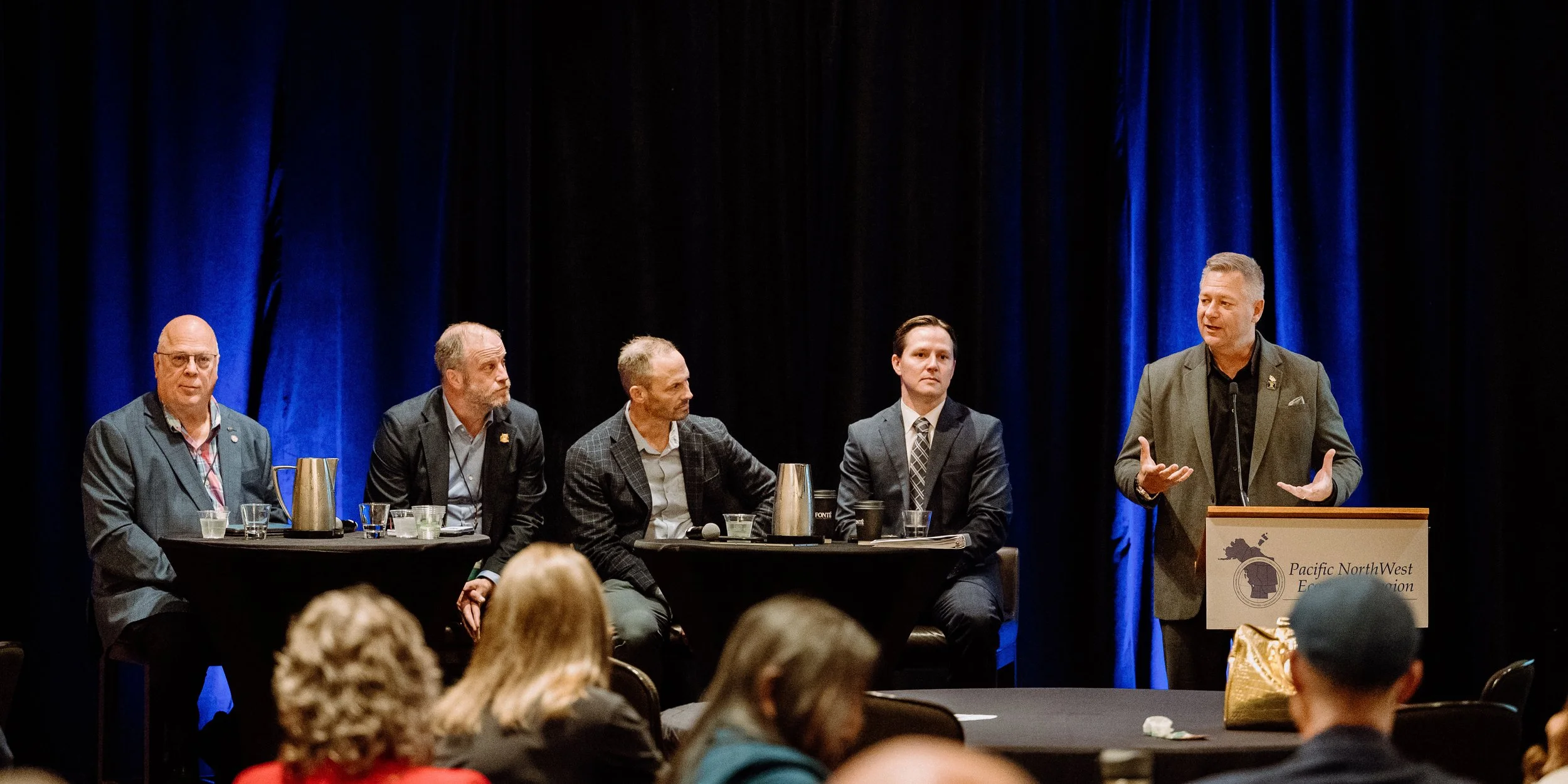

A Modern Approach to Infrastructure Upgrades and Funding
Showcased Sessions
Key Ideas
With historic federal infrastructure funding packages winding down, and new policy on the horizon, leaders are rethinking how to fund and deliver critical transportation infrastructure projects. Permitting and regulatory challenges can prove burdensome in getting projects across the finish line.
Innovative financing frameworks, such as public-private partnerships and Indigenous ownership models, can accelerate project delivery and expand partner involvement.
Alaska’s aging infrastructure requires a coordinated approach by government and industry to advance port modernization, economic development, investment and workforce training.
The Cascades corridor is seeing a rail upgrade – with new cars coming to the Amtrak cascades in the short term, and long-term planning underway for high speed rail to complement existing service.
“If we’re serious about innovative finance and public private partnerships, we need to build trust into this process and that starts with predictable, coordinated transportation planning.”
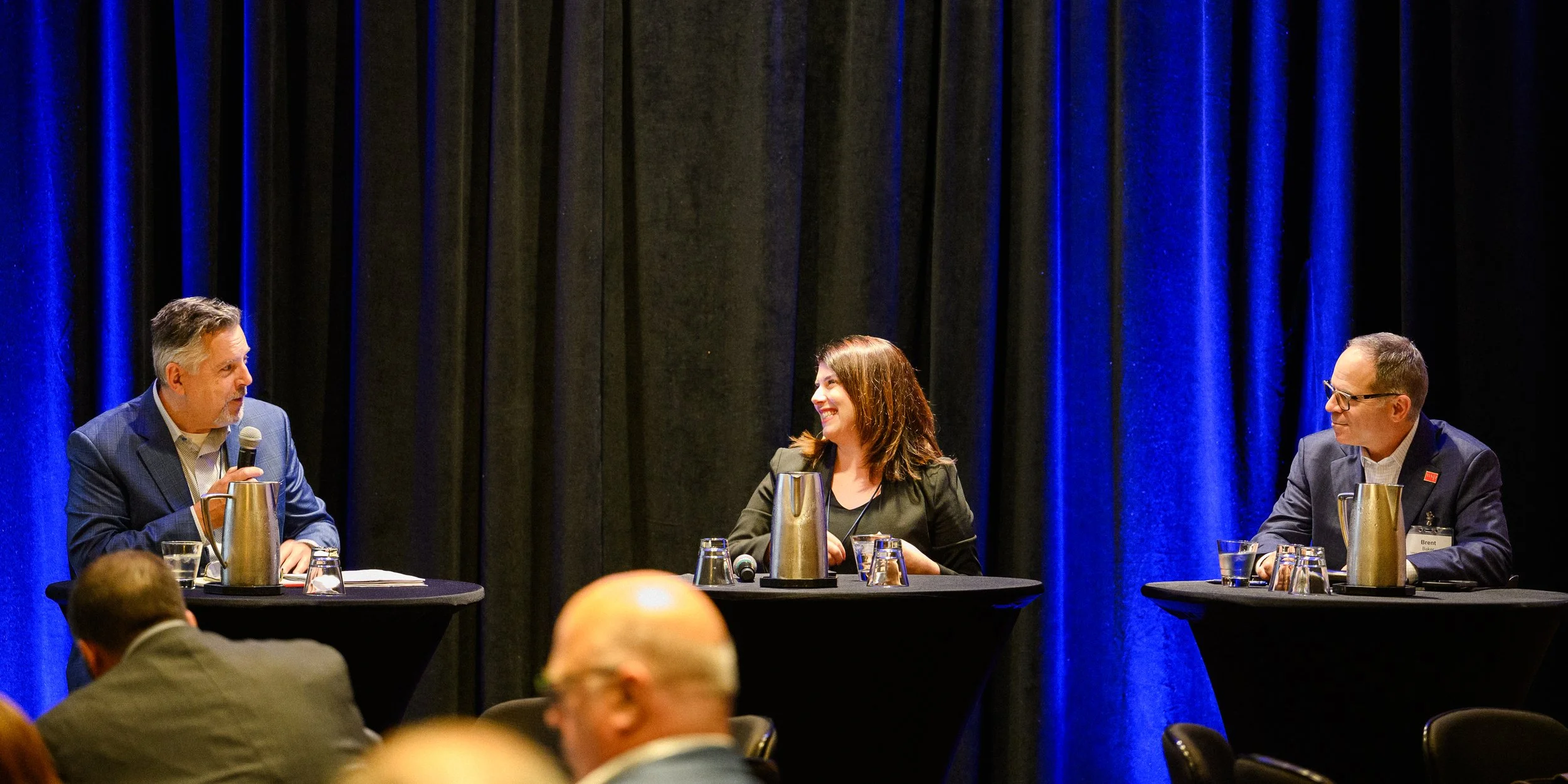


Strengthening Regional Collaboration and Multisector Partnerships
The PNWER region is undeniably intertwined, both economically and logistically – with highways, railroad tracks and waterways straddling domestic and international borders. Throughout the Annual Summit, this message was clear: regional collaboration is the key to advancing a transportation network that’s ready for the future.
Key Ideas & Action Items
Many sectors, like transportation and energy, are connected and require a side by side approach to planning and investing.
PNWER is exploring a working group to host multi-sector discussions on the intersection of transportation and energy.
Future-forward infrastructure planning involves bringing together governments, associations, academics, Tribal nations, business and private industry across jurisdictional boundaries.
“Computers don’t collaborate, people do. We can set up all the technology we want but, if we haven’t figured out the human component, all of this falls apart. Whether it’s across states or the region in its entirety, the reality remains that our effectiveness is going to come down to our ability to work together.”




Paving the Way Forward
These multi-modal discussions underscored that advancing our region’s transportation network depends on strong collaboration across jurisdictions, sectors and communities. By aligning priorities, sharing best practices, employing innovative tools and taking a coordinated approach, the Pacific Northwest can realize a stronger, more connected system for our businesses and communities.
The momentum started at the Annual Summit goes far beyond Bellevue; these ongoing partnerships will keep the region connected, competitive and moving forward.
The PNWER RIA’s Build Northwest Center of Excellence is committed to advancing partnerships and providing educational tools to help decisionmakers better understand complex transportation systems. Representative Jake Fey, chair of the Washington state House Transportation Committee, said during the event, “PNWER and the Regional Infrastructure Accelerator play a critical role in educating members of the legislature about the transportation infrastructure and supply chains that connect our region.”
Thank you to everyone who shared your insight at this event. Stay connected with us, and follow along with our work by signing up for our newsletter.
Upcoming Events
We’re excited to continue the conversation at the Build Northwest Economic Forum and Pacific Northwest Rail Summit in Portland, Oregon, October 14-17. Leaders will explore innovative financing solutions, supply chains and economic corridors, and enhancements to our region’s freight and passenger rail network. You won’t want to miss it – learn more at www.pnwer.org/2025-forum.


